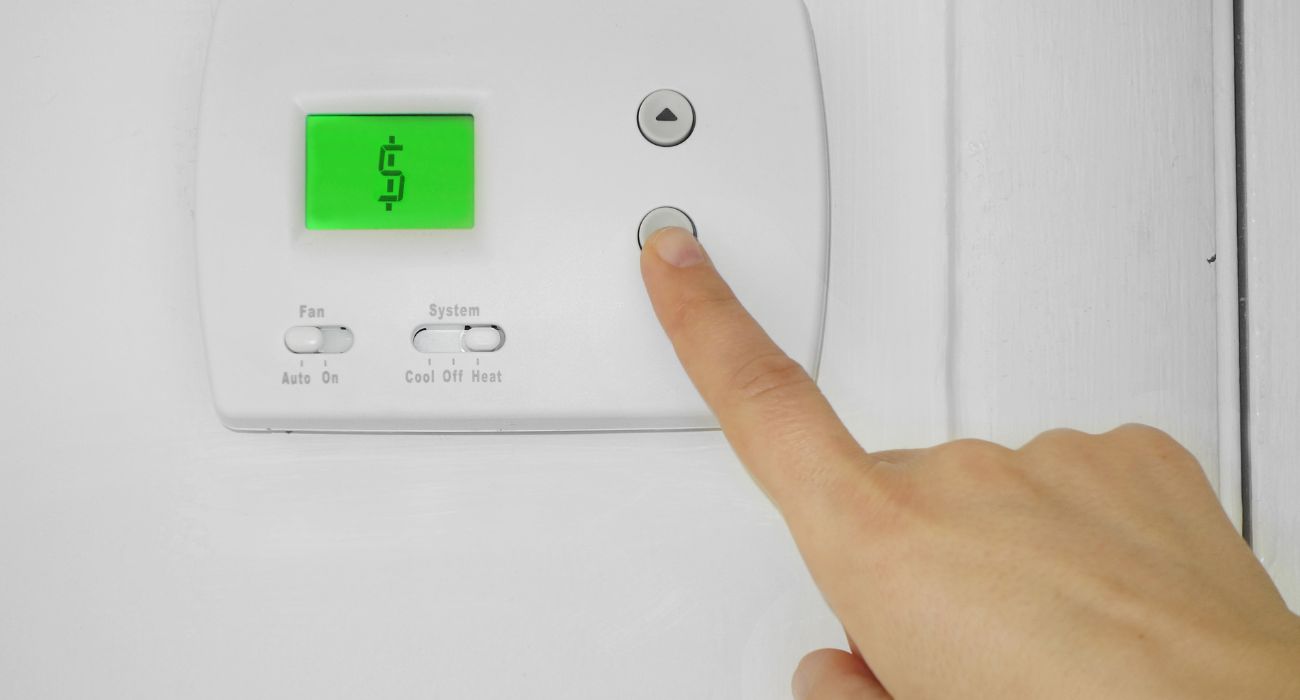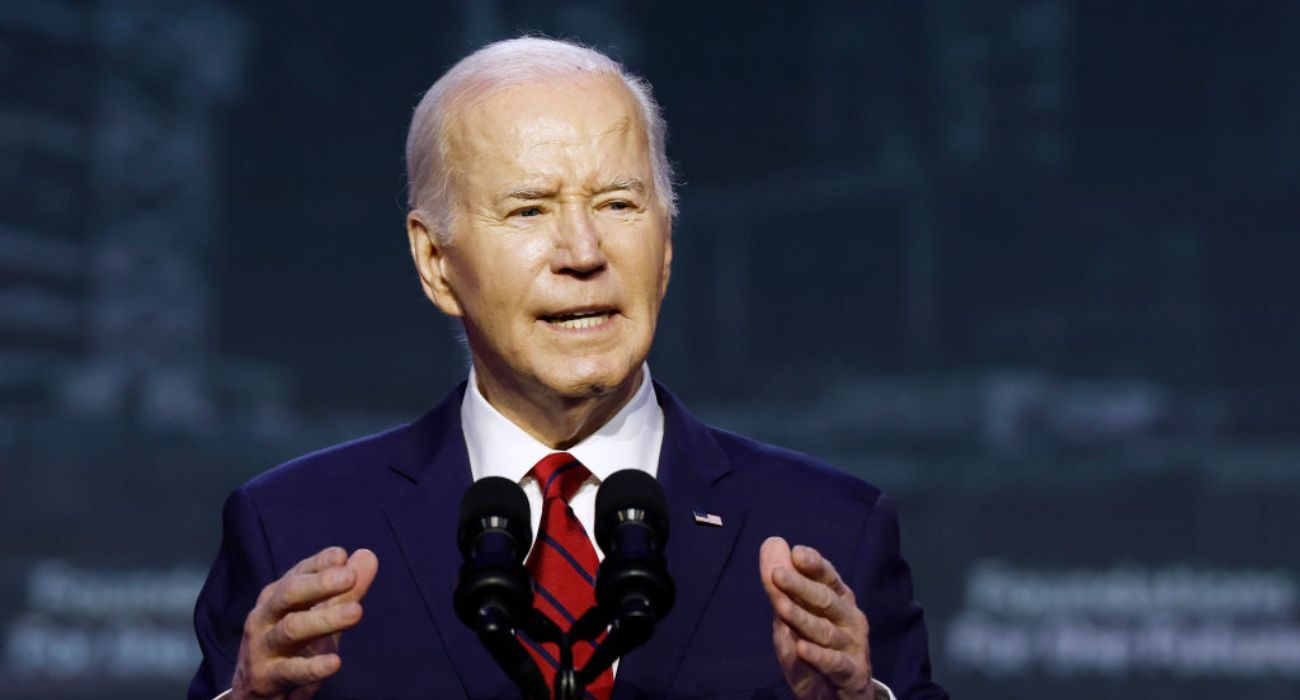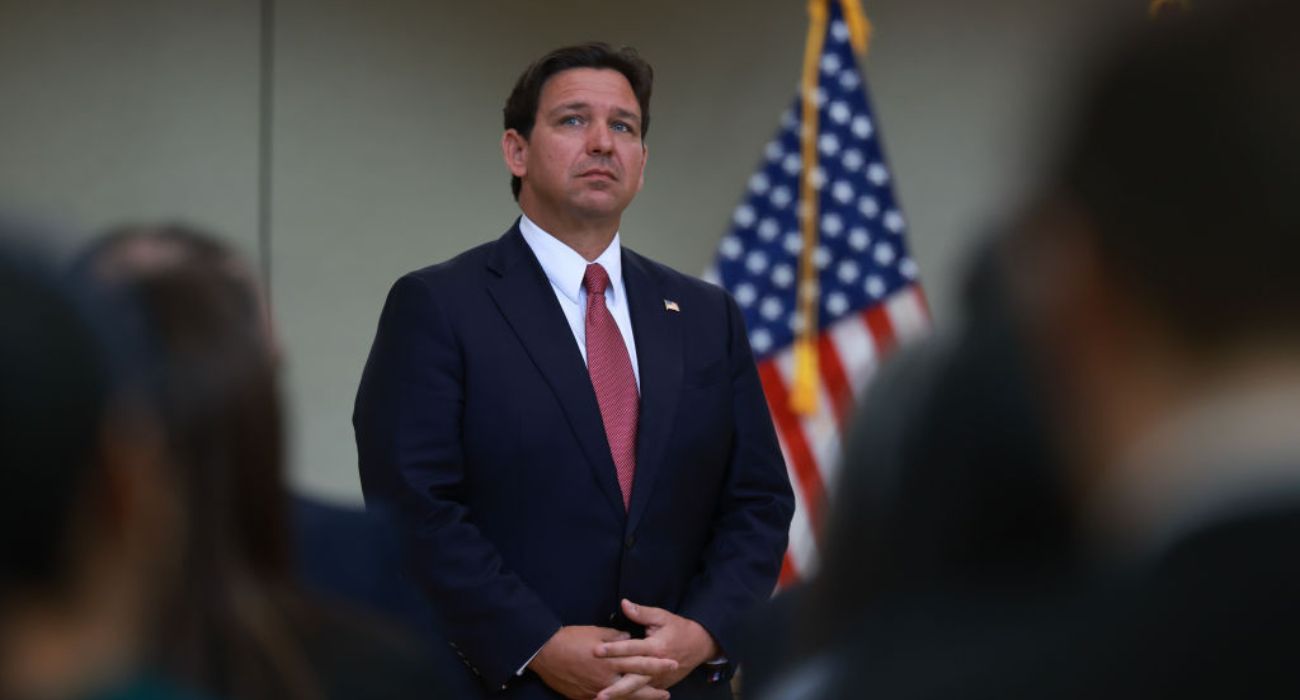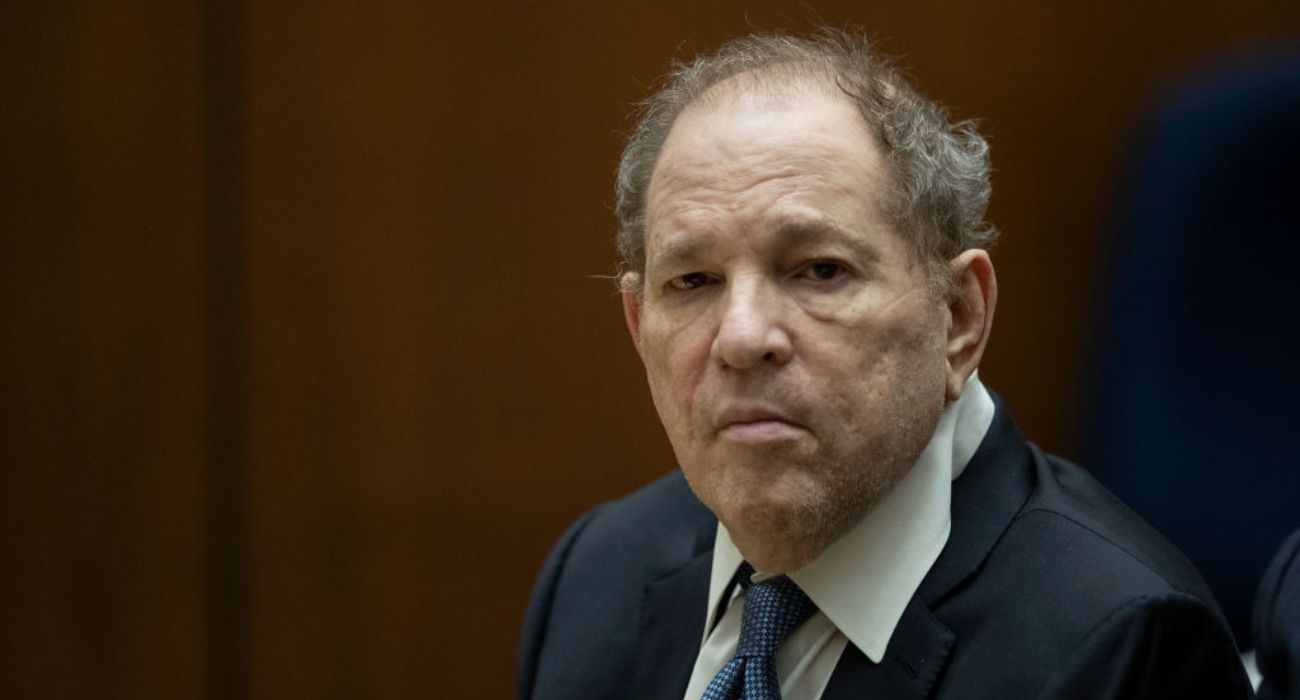The Energy Information Administration (EIA) is forecasting a cold and expensive winter season. No matter the source of energy, costs are anticipated to jump.
According to the EIA, on average, heating a home with natural gas will rise $200 this winter, a 28% increase to $931. Heating oil is expected to experience a $1,200 surge in price this season, rising 27% to a dizzying $2,354 on average. Electric heating prices are predicted to rise by a more modest $123, or 10%, to $1,359. Finally, propane will see the smallest increase in cost, with the average home expected to pay $80 more this season, or 5%, to $1,688.
Expectations of surging energy costs follow an already considerable increase over the past year. Heating oil, for example, experienced a 50% hike in prices last winter alone. To put this in perspective, that means Americans who use heating oil could be paying almost double the rate they did during the winter of 2020-2021.
Roughly half the homes in the country are heated using natural gas, 40% using electricity, and the remainder using a mix of other sources. Most American homes heated with electricity are found in the western and southern portions of the country.
Following Russia’s invasion of Ukraine earlier this year, natural gas, in particular, has been the focus of numerous headlines. The fuel has experienced volatile price swings this year, prompting fears in Europe of a challenging winter. This week France began delivering natural gas directly to Germany as the country continues to fill the void left by reduced Russian energy flows.
Fighting in Eastern Europe is not the only reason energy prices have climbed. Warmer weather this past summer, higher U.S. gas exports to Europe, and low domestic inventories have all contributed. According to the EIA, with the exception of December 2021, monthly U.S. natural gas storage inventories have remained below the five-year average since June 2021. Demand has also jumped, with the 12-month rolling average of natural gas exceeding supply since February of last year.
The increased costs American consumers can expect this season do not solely stem from rising energy prices. The EIA also factors a range of weather possibilities into their predictions. For example, a season 10% colder than the base case would raise natural gas heating costs by $370, an over 50% climb in price. Alternatively, a milder winter, 10% warmer than expected, would save natural gas users about $70 compared to the base case projection of a $200 jump.






